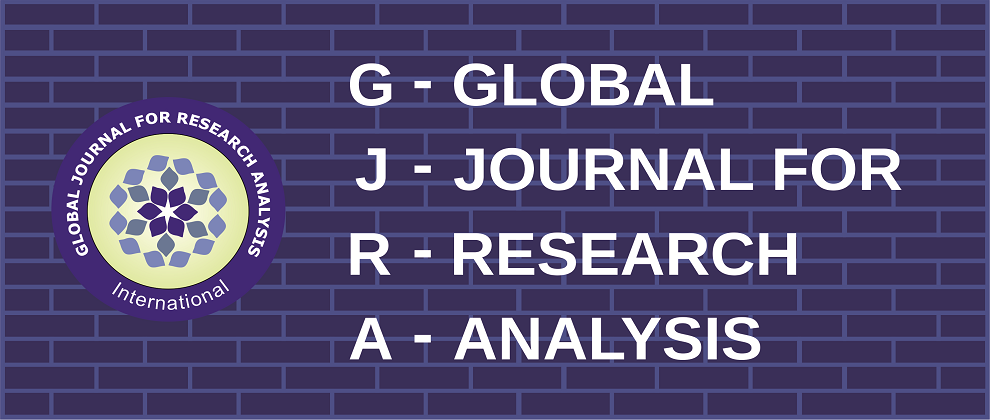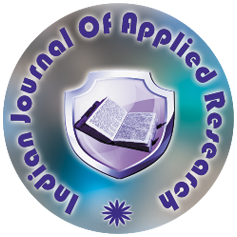Volume : 4, Issue : 7, July - 2015
Evaluation of Iron deficiency Anemia In Elderly
Sfurti Mann, Rajiv Gupta, Amit Kumar, Mohd Haroon Khan
Abstract :
<p>Introduction: Anemia in the elderly (age> 65 years), is defined as hemoglobin concentration below 12 gm/dl and 13 gm/dl in females and males respectively. Anemia should never be considered as a normal physiological response to ageing, the etiology must always be investigated. Iron deficiency anemia is one of the most common anemia in old age. Chronic occult blood loss from the Gastro-intestinal (GI) tract is the main cause of iron deficiency anemia. GI malignancy may also present as Iron Deficiency Anemia (IDA) in elderly patients. Patients were subjected to detailed history, thorough clinical examination and relevant investigations including serum iron studies, bone marrow examination and gastrointestinal endoscopies. 47 elderly patients with IDA were selected and investigated. Gastrointestinal blood loss was found to be the most common form of blood loss with 44.7% patients having positive fecal occult blood test and 68% patients revealing some or the other lesion on gastrointestinal endoscopies. 51% patients had upper GI lesions and 21% had lower GI lesions leading to blood loss. 21% patients had normal endoscopies and termed as having purely nutritional iron deficiency, whereas 10% had non GI source of blood loss and multi-factorial causes of IDA. IDA requires extensive investigation especially of the gastrointestinal tract to diagnose underlying lesion. There is possible association of IDA with GI malignancies, which makes it imperative to thoroughly investigate IDA in elderly, rather than blind iron replacement therapy without exhaustive efforts to diagnose the underlying cause.</p>
Keywords :
Article:
Download PDF Journal DOI : 10.15373/2249555XCite This Article:
Sfurti Mann, Rajiv Gupta, Amit Kumar, Mohd Haroon Khan Evaluation of Iron Deficiency Anemia in Elderly Global Journal For Research Analysis, Vol: 4, Issue: 7 July 2015


 MENU
MENU

 MENU
MENU

